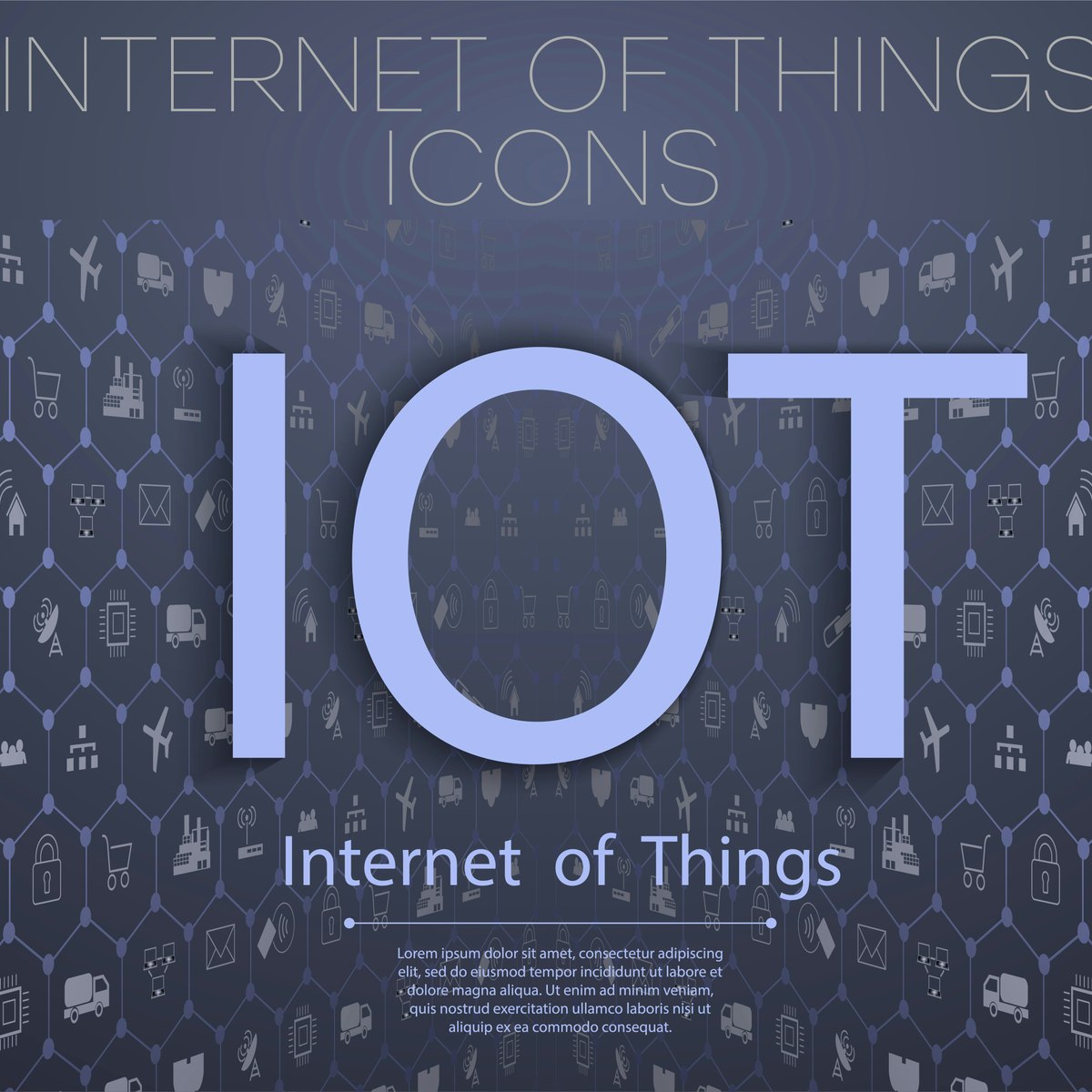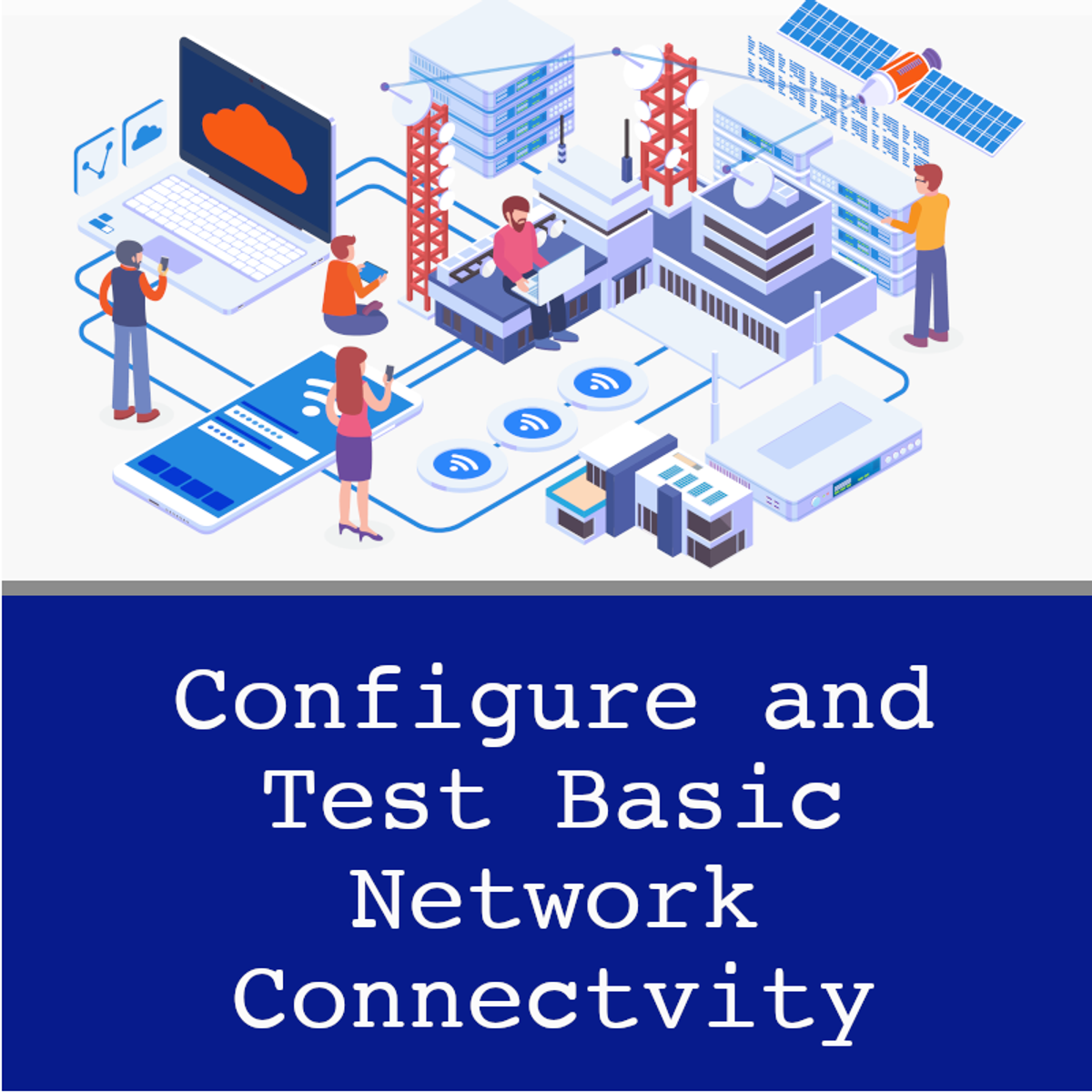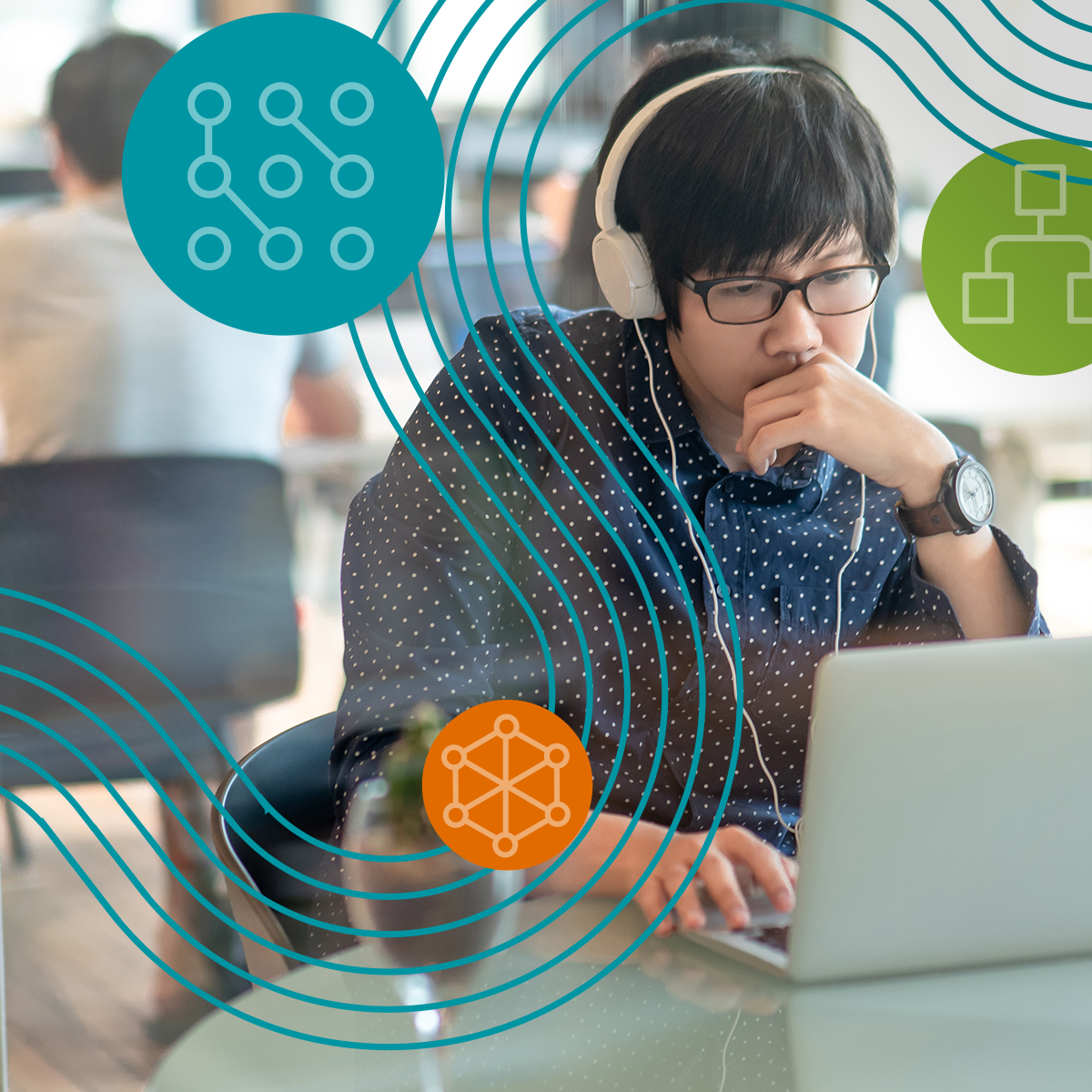Back to Courses









Networking Courses - Page 12
Showing results 111-120 of 135

Introduction and Programming with IoT Boards
Internet of Things (IoT) is an emerging area of information and communications technology (ICT) involving many disciplines of computer science and engineering including sensors/actuators, communications networking, server platforms, data analytics and smart applications. IoT is considered to be an essential part of the 4th Industrial Revolution along with AI and Big Data. This course will be very useful to senior undergraduate and graduate students as well as engineers who are working in the industry. This course aims at introducing the general concepts and architecture of IoT applications, networking technologies involved, IoT development kits including Arduino, Raspberry Pi, Samsung ARTIK, and how to program them. This course will be offered in English. Subtitles/captions in both of English and Korean will be also provided.
IoT (Internet of Things, 사물인터넷)는 최근 중요한 정보통신기술로 주목 받고 있으며 센서/ 제어기, 통신 네트워크, 서버 플랫폼, 데이터 분석, 스마트 앱 등의 컴퓨터공학 기술들이 융합된 기술입니다. IoT는 인공지능, 빅데이터와 함께, 4차산업혁명의 3대 핵심 기술 중 하나로 손꼽히고 있습니다. 본 강좌는 현재 대학에서 공부를 하고 있는 학부 3-4학년 및 대학원생들에게 뿐만 아니라 현장의 개발자, 엔지니어들에게도 도움이 될 거라 믿습니다. IoT의 개념부터 아키텍처, 네트워크기술들을 소개하고 IoT 앱들을 개발할 때 많이 사용되는 Arduino, Raspberry Pi와 삼성전자의 ARTIK 플랫폼을 소개합니다.
본 과목은 영어로 진행되며, 영문과 한글 자막을 제공합니다.

Managing Hybrid Clusters using Kubernetes Engine
This is a self-paced lab that takes place in the Google Cloud console. In this lab, you will manage and review multiple Kubernetes clusters using Connect.

Configure and Test Basic Network Connectivity
Welcome to this guided project about Configuring and Testing Basic Network Connectivity
This project is designed for IT security professionals and aspiring network engineers.
To succeed in this project, it’s recommended to have a good background in computer networks.
A Cisco networking academy ID is also required to use the Packet Tracer in this project.
In this project, you will configure and test basic network connectivity by managing configuration on Cisco devices such as IP addresses, virtual interfaces, and DHCP servers and verifying end-to-end network connectivity.
By the end of this project, you will be able to configure small-size computer networks and test their end-to-end connectivity.
This project is one of a kind because it teaches foundational computer network skills to beginners and professionals alike. Moreover, it is based on an entirely simulated environment where learners can practice as if they have access to real devices.

Creating a Streaming Data Pipeline With Apache Kafka
This is a self-paced lab that takes place in the Google Cloud console. In this lab, you create a streaming data pipeline with Kafka providing you a hands-on look at the Kafka Streams API. You will run a Java application that uses the Kafka Streams library by showcasing a simple end-to-end data pipeline powered by Apache.

Advanced Junos Concepts (Firewall Filters, IPv6, CoS)
This course will describe some advanced Junos OS concepts such as firewall filters and their use as a means of protecting a device from excessive traffic. An overview of the benefits and purpose of class of service (CoS) will be provided along with the implementation of traffic classification, queuing, and scheduling. Recommended Juniper Networks Technical Assistance Center (JTAC) procedures will be described along with the Juniper tools available online to help manage and support Juniper products. The course will be rounded out with a discussion of Juniper security concepts and components.

Security Features and Advanced Threat Prevention
In this course, we will describe security services such as Intrusion Prevention System (IPS), user-based firewalls, and how they are configured. You will be introduced to Juniper’s security features, such as antivirus, antispam, content filtering, and Web filtering, along with their functionality and usage. Juniper ATP Cloud (Juniper’s cloud-based Advanced Threat Prevention (ATP) service) will be introduced, along with its features, implementation, and monitoring. The course will also explain a very important feature of firewall security—Network Address Translation (NAT).

Using Google Cloud Services with Apigee X
This is a self-paced lab that takes place in the Google Cloud console.
In this lab, you use multiple Google Cloud services from an Apigee API proxy.

Deploy, Scale, and Update Your Website on Google Kubernetes Engine
This is a self-paced lab that takes place in the Google Cloud console. In this lab you will learn how to deploy a website to Google Kubernetes Engine, scale it out to more instances, and deploy a new version using Rolling Updates.

Create your first custom VPC and its components in AWS
In this 2-hour long project-based course, you will learn the basics of AWS VPC(Virtual Private Cloud) and you will also understand how networking works within VPC, which is the key to understanding the overall functionality of AWS.
Virtual Private Cloud (Amazon VPC) provides a logically isolated area of the AWS cloud where you can launch AWS resources in a virtual network that you define. By the end of this project you will create your custom VPC from scratch along with its associated components such as Subnets, Route Tables, Network Access Control List.
You will also create Windows EC2 instances and validate the networking concepts learned during this project.
After completing this training, you will be able to provision the basic infrastructure required for deploying any application on AWS Cloud.
Please note: You will need an AWS account to complete this project. All the resources used in this project comes under AWS free-tier.

Container-Optimized OS: Qwik Start
This is a self-paced lab that takes place in the Google Cloud console.
This hands-on lab shows you how to create Compute Engine instances running Container-Optimized OS. Watch the short video Container-Optimized OS - Google's Solution for Containerized Workloads.
Popular Internships and Jobs by Categories
Find Jobs & Internships
Browse
© 2024 BoostGrad | All rights reserved